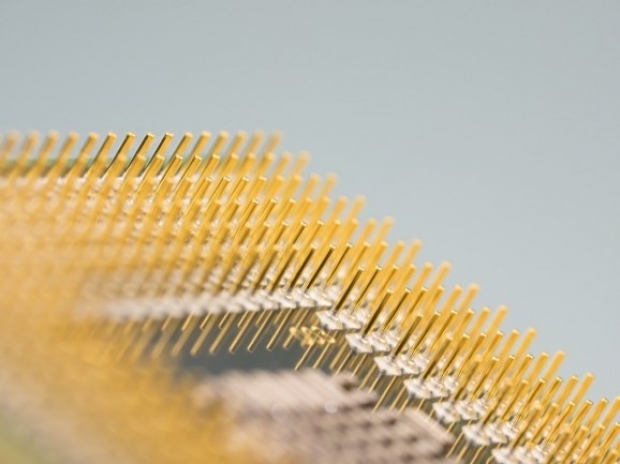The leak said that the new socket design will be LGA-1718 -- the number representing the number of pins required for the package. They also note that a coming generation of AMD chips will support DDR5 and PCIe 4.0 with a 600-series chipset.
PGA is mostly about processors with pins sticking out the underside of a chip that slots into a motherboard with a compatible socket. However, LGA will instead see a flat array of connection points on the processor, which will make it easier to align with pins within the motherboard's socket.
ExecutableFix also provided a few specs for the upcoming AM5 platform. Unlike the current AM4 socket that features a pin grid array (PGA), the AM5 will sport a land grid array (LGA) just like Intel’s sockets, so all pins will be transferred from the CPU to the motherboard socket. Thus, AM5 will feature 387 additional pins compared to AM4, upping the count to 1718 pins. The new socket retains the 40x40 mm CPU size, which means that the pins will get smaller. AM4 was the first AMD platform to support dual-channel DDR4, and AM5 is said to be the first to support dual-channel DDR5. Unfortunately, PCIe 5.0 will not be supported at launch and will remain an EPYC-only feature for a while.
A shift to LGA may seem trivial, but the change will mark a major shakeup in AMD's desktop lineup. AM5 is believed to arrive sometime in 2022 together with the first 5 nm Zen 4 CPUs, while the first Zen 4 chipsets will most likely bear the 600-series moniker.
Previous leaked AMD CPU roadmaps have posited that the first 5 nm CPUs would be codenamed Raphael, but the launch date is still fuzzy. Some sources suggest early 2022, others late 2022. Either way, it seems like Intel will be getting the upper hand this time around since it plans to introduce the Alder Lake-S processors with DDR5 and PCIe 5.0 support in late 2021.




